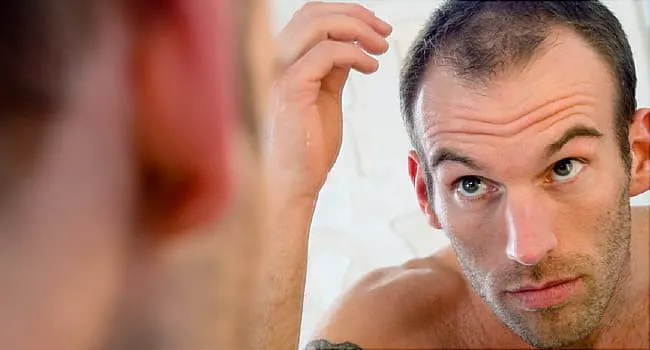Undergoing a hair transplant abroad can be a life-changing decision. Many men choose international clinics for affordability, quality, or privacy. However, the success of the procedure doesn’t end at the clinic—it continues with how well you care for your scalp post-surgery, especially once you return home. Proper aftercare is essential to ensure optimal hair growth and to avoid complications. Here’s a detailed guide to help you navigate post-transplant care when you’ve had the procedure overseas.
1. Follow Your Surgeon’s Aftercare Instructions Closely
Every clinic may have its own protocols based on the technique used (FUE, FUT, DHI, etc.). Before leaving the country, ensure you have:
- A written aftercare guide.
- A list of medications (antibiotics, painkillers, anti-inflammatory drugs).
- A direct communication channel (email/WhatsApp) for follow-ups.
Don’t hesitate to clarify anything before your flight home.
2. Be Careful During Travel
The journey home is critical:
- Avoid touching or scratching the grafted area.
- Sleep upright during your flight to avoid pressure on the transplanted zone.
- Wear a loose, soft cap (if needed) that doesn’t touch the grafts.
- Keep your scalp clean and avoid dusty or crowded environments (like airports) that might increase the risk of infection.
3. First 3 Days: Rest and Recovery
- Sleep at a 30–45° angle to reduce swelling.
- Avoid washing your hair unless the clinic advised otherwise.
- Use saline spray or special solutions provided by your clinic to keep the area hydrated.
- Do not smoke or drink alcohol, as they impair healing and blood circulation.
4. Washing Your Hair: Be Gentle
Typically, after 3–5 days, you’ll be allowed to wash your hair with:
- Lukewarm water (never hot).
- A gentle, sulfate-free shampoo.
- Pat, don’t rub. Use a cup to pour water over your head rather than direct water pressure.
- Use your fingers lightly—never scratch the grafted area.
Follow the washing schedule provided by your clinic.
5. Itching, Swelling, and Scabbing Are Normal
Expect:
- Mild swelling in the forehead or around the eyes—usually resolves in 3–5 days.
- Scabbing and itching as the grafts heal—don’t pick or scratch.
Use prescribed lotions or topical sprays to soothe discomfort. If symptoms worsen, consult your clinic or a local dermatologist.
6. Avoid Intense Physical Activity
For at least 2–3 weeks:
- Avoid gym workouts, running, or swimming.
- No saunas, steam rooms, or direct sun exposure.
- Keep your scalp cool and dry to prevent sweating and irritation.
Sweat and excess movement can dislodge grafts during the early healing phase.
7. Monitor for Signs of Infection
Be alert for:
- Persistent redness or swelling beyond 10 days.
- Pus, unpleasant odor, or pain at the graft sites.
- Fever or flu-like symptoms.
If you experience any of these, contact your original clinic immediately and consider visiting a local healthcare provider.
8. Plan for Shedding and Regrowth
- Shock loss (temporary shedding of transplanted hair) is normal in the first 2–6 weeks.
- New hair growth typically starts around 3–4 months, with noticeable results at 6–9 months.
- Full results are usually visible at 12–18 months post-surgery.
Stay patient and consistent with care—it’s a long-term investment.
9. Use Recommended Hair Products
Ask your clinic if they recommend:
- Minoxidil (after 30 days or as advised).
- Biotin or hair-support supplements.
- DHT blockers (if androgenetic alopecia was the cause).
Always confirm suitability with your surgeon before starting new products.
10. Schedule Follow-Up Appointments Virtually
Many international clinics offer online consultations for follow-ups. Share:
- Photos of your scalp from different angles.
- Any concerns or changes (redness, hair fall, bumps, etc.).
- Progress updates at 1, 3, 6, and 12 months.
Stay in touch to track your recovery properly and get professional feedback.
Final Thoughts
Hair transplants abroad can yield incredible results, but your success depends heavily on aftercare. By following these steps carefully, you can protect your investment, encourage healthy hair growth, and avoid unnecessary complications.
If you’re planning or have recently undergone a hair transplant abroad, take your recovery seriously—and don’t hesitate to reach out to both your clinic and local professionals when needed.




